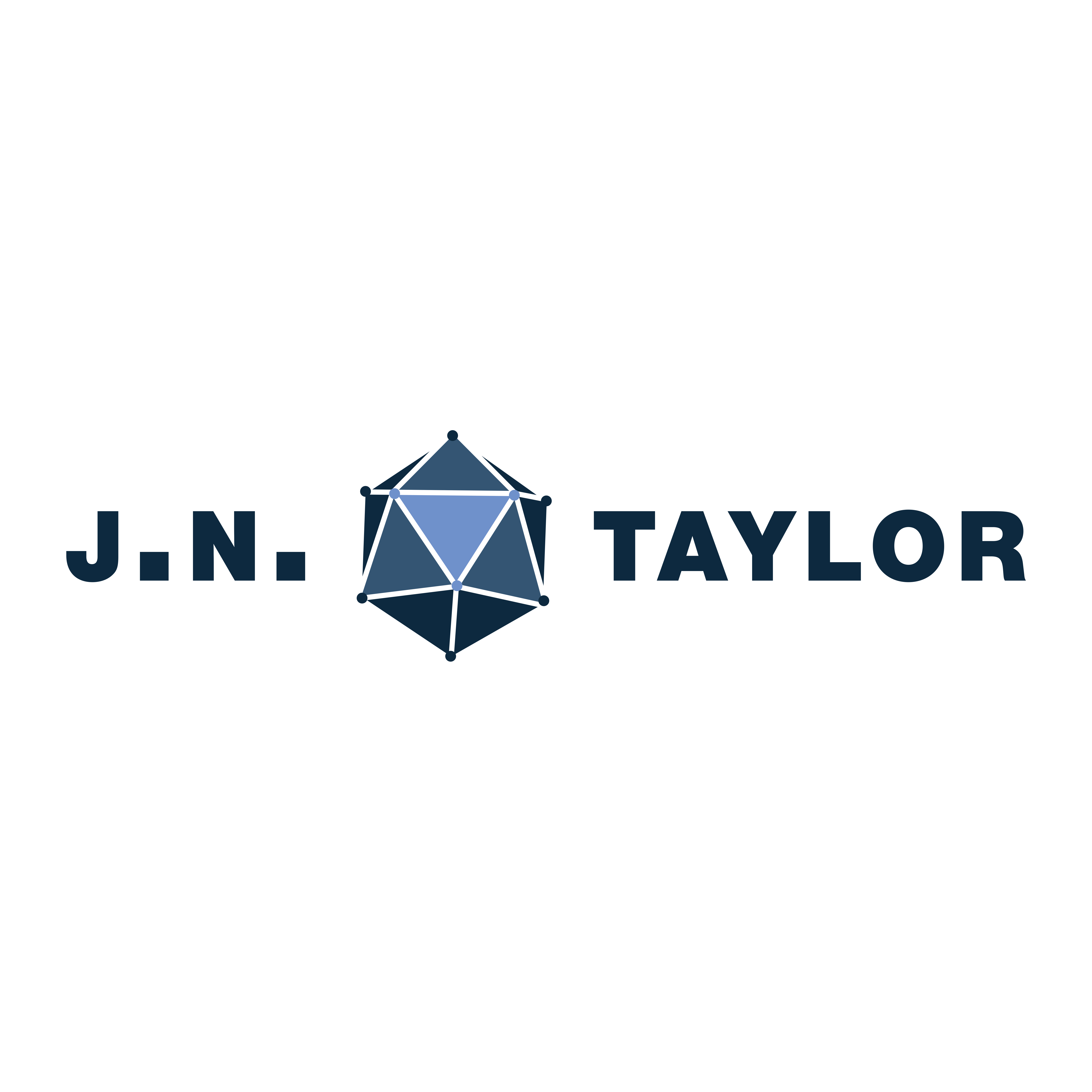Data’s Hierarchy of Needs
Overview
With the rise in popularity and necessity for companies to utilize big data in the workplace, a data structure is essential. Companies need to understand what is required to go from using no data to using big data for decision making, as well as executing on strategy. I submit that “Data’s Hierarchy of Needs” provides this necessary structure.
Collection & Validation
Naturally, the base of "Data's Hierarchy of Needs" is data. Without data, the hierarchy of needs is not achievable — however, this does not mean you should collect all data then move on to the next step. Collecting too much data irrelevant to your goals creates massive overhead and provides more points of entry for errant data. Focus on collecting relevant data that aligns with business goals, and as data is collected, validate the data. Utilizing valid data helps fulfill data's hierarchy of needs and allows businesses to align on objectives, drive value, and ultimately achieve business goals.
Descriptive
After you have collected data, you will be getting descriptive with the data. This is what I like to call keeping score, or looking at historical data to answer questions about your business. In this step, we identify trends and evaluate past decisions in hopes of making better ones in the future. The descriptive portion of data's hierarchy of needs is built on the requirement that the data you have is correct and pertinent to your goals. If this not the case, address the validity of your data and relevancy to your goals before completing this step or moving on to further ones.
Predictive
Once you are confident in looking backwards, it’s time to look forward. After describing data, you can begin to employ predictive analytics methods for bench-marking and decision making. Again, the validation half of the collection and validation step comes into play. If you have errant data, you will make errant predictions. Predictive analytics is not about keeping score, but about guessing a future score. While predictive analytics can help with making business decisions about the future, it can be quite passive and does not allow for the changing of future outcomes. To do this, we will need to get prescriptive.
Prescriptive
Getting prescriptive with data differs from getting predictive with data. We are seeking to not only predict the future, but also to change the outcome of the prediction based on what we know. Here you can take all the knowledge you have of your data and begin to alter outcomes. Based on the knowledge of what variables you can impact to achieve the desired outcome. Keep in mind that every action taken in changing the outcome has a consequence.
Optimization
The end state is "self-actualized" data, or in this case, optimized data. Optimization is where the user and the data work seamlessly together to make and execute decision. It’s crucial to realize optimization doesn’t mean an AI begins to run your business for you — it means putting the correct people in place to ask the right questions and make the right decisions.
Summary
Data’s Hierarchy of Needs strives to bring structure to data operations. Each data project you take on as a business should land somewhere on this chart, as should the tasks of those projects. Each lower task in the hierarchy should work to define and set up any tasks above them. The success of any future step is predicated by the success of the prior step. Find out more about the collection and validation aspects of Data's Hierarchy of Needs in the next blog post.
